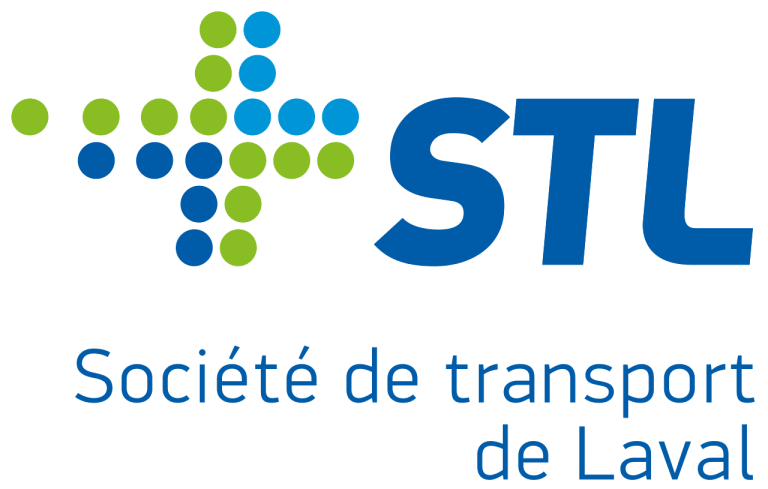
Setting the context
In Quebec, transportation is the largest source of greenhouse gas (GHG) emissions. For several years now, sustainable mobility has been at the forefront of GHG reduction initiatives - and this is not about to change.
More specifically, in Laval, over 70% of GHG emissions come from the transportation of people and goods. In order to reduce the impacts incurred, but also to adopt new, more carbon-efficient solutions, we are placing sustainable mobility at the heart of our innovation priorities.
To do this, Laval économique is undertaking various initiatives, supported by Ville de Laval departments and partners.
Initial project
Context and actions
With the support of our researchers, we are developing an analytical tool - powered by digital twin algorithms - to simulate mobility in Laval.
The objective is to simulate scenarios (for example, the opening of a new carpooling lane, the pedestrianization of a street, etc.), prior to an experimentation phase. These scenarios can apply to more than one scale (neighborhoods, industrial zones or the entire Laval territory).
This tool will allow us to identify possible solutions and to experiment them on the territory. More specifically, it will help us accelerate strategic decisions in the context of projects related to innovation, especially those related to sustainable mobility.
What is a digital twin?
The concept of a digital twin consists of a virtual model of an object or place. It processes data collected by different means (including algorithms) to simulate the implementation of new strategies, new behaviors and more.
Among other things, digital twins can reproduce various situations in the physical world. It can involve equipment, real estate projects, an entire city, etc.
Around the world, this approach allows for observing the performance of one or more resources and thus making decisions that are strongly aligned with innovation projects.
Next steps
- Unveiling of the mobility analysis in Laval.
- Submission of the report on the state of the situation and potential solutions.
- Starting an invitation-only community of interest to rally stakeholders.
- Launching an innovation project, including a challenge proposed at the HEC Montréal summer school.
Academics




